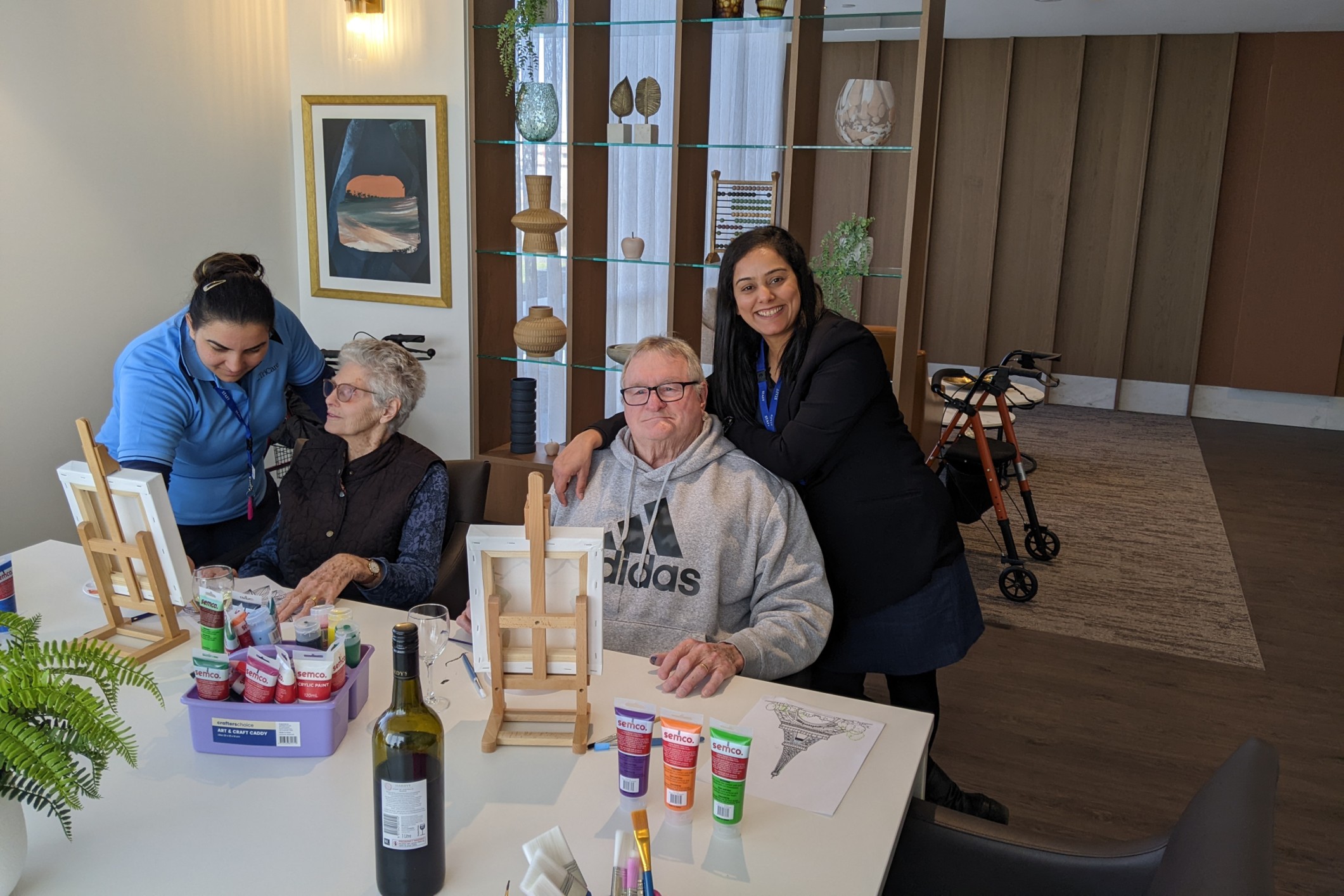
Respite care is not always sought out by those with a permanent placement in mind. In fact, it is often accessed to provide carers with a much-needed break to rest and recharge or to deal with other elements of their life outside of caring.
Having access to respite services is crucial for both older people and their carers. Only one-in-five carers of an older person report they can easily organise a friend or family member to help them out.
For 83-year-old Martin Taylor, the opportunity to try out an aged care facility before making one of the biggest decisions of his life was a game-changer.
“Dad absolutely loved his respite stay and has since moved in full-time,” Martin’s son, Danny explained.
The decision to move a loved one into permanent care is often confronting and filled with mixed emotions, but it doesn’t have to be with a few trial runs.
Centenarian Mary Micallef’s family know the process all too well and have had their ups and downs with their aged care journey.
Five years after Mary moved into a retirement village following the death of her husband, it became clear that she needed additional support as she could no longer prepare her own meals. Her family moved her into a serviced apartment, but as time went on Mary deteriorated further and she needed more help with daily tasks.
“Over time it was decided that mum would spend two weeks of respite in various nursing homes that were being considered and for her to decide on her choice of homes,” Mary’s daughter, Melita Proebstl, explained.
Melita said Mary didn’t last the full two weeks at any of the homes until they found TriCare’s Williams Landing Aged Care Residence.
Aged care provider such as TriCare allows older people and their families to experience their service before making the jump permanently.
“I guess you could call it an opportunity to ‘try before you buy’,” said TriCare Sales Manager, Kathlyn Xavier.
“Respite care is ideal for those who may be unsure about entering permanent residential care; those wanting to see how they adjust to the residence, staff and location; and those with misconceptions about what life in an aged care residence is like.”
Often covered by a Home Care Package (HCP) or Commonwealth funding, respite services are available to eligible people for up to 63 days per financial year.
For most older people with existing care needs, an assessment by the Australian Government’s Aged Care Assessment Team (ACAT) is likely to have already been completed, which makes the next step as simple as reaching out to a chosen residential aged care provider, providing your ACAT results, and checking availability for a respite stay.
Your provider will also be able to let you know your current balance of any subsidised respite days you are eligible to utilise for the intended respite stay.
If you are needing help finding urgent Respite Care call the team at Aged Care Online 1300 197 230